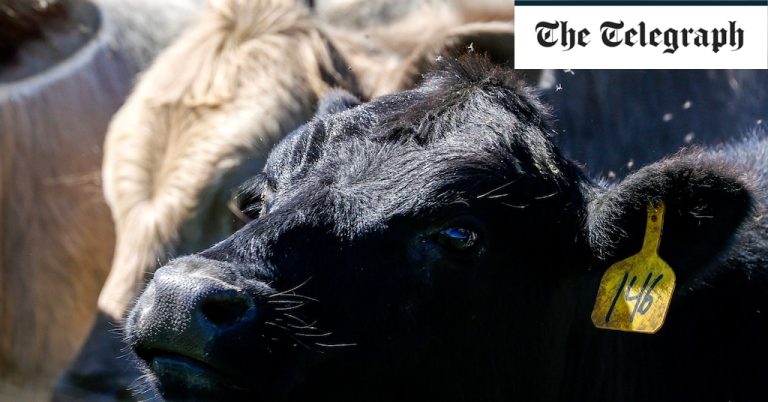“The flu can be spread by faecal-oral routes, and so it’s not an impossible scenario that chickens who are infected with H5N1 are shedding live virus through faces, which the cattle then consume, and so it is a potential mechanism of transmission, although there are other explanations,” said Dr Brian Ferguson, Professor of Infectious Diseases at the University of Cambridge.
“The BSE scandal showed us the reality of what happens when biosecurity is not a priority, and showed us that it really does need to be prioritised – which is not always the case, because of the economics involved,” he added.
Despite large-scale culling in poultry flocks during outbreaks to limit spread, it seems a similar approach will not be taken for cattle.
The CDC has advised farmers with affected herds to dispose of milk produced by infected cattle, although it is thought that the pasteurisation process also destroys the virus – meaning the risk to humans consuming animal products remains low.
At present, the WHO has said the risk to humans is considered low, but that surveillance efforts must be kept up.
“There were 12 of H5N1 cases globally in 2023, and a similar pace so far in 2024. Since it emerged in 1996, there have been over 800 cases globally.
“So you get a sense that there’s nothing unprecedented about the number of human cases we’re seeing – but we have to watch the virus. We have to watch the epidemiology, to see if it’s changing in some way,” said Dr Mott.
Protect yourself and your family by learning more about Global Health Security
